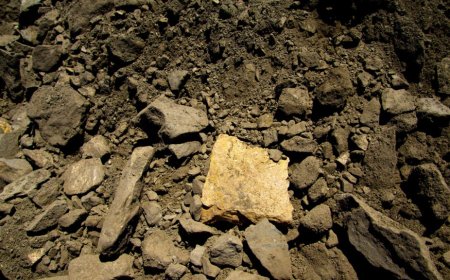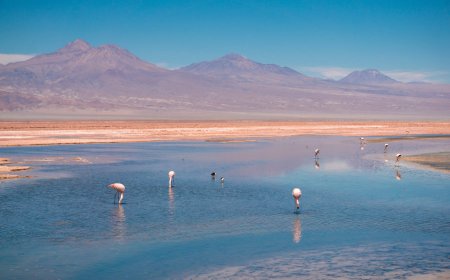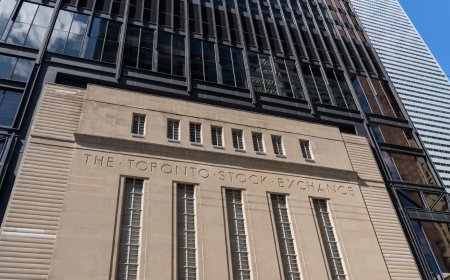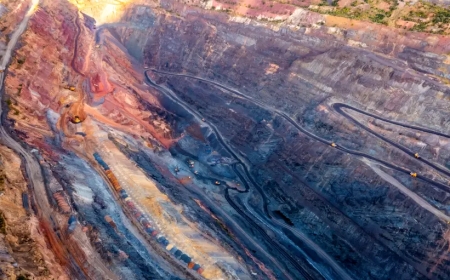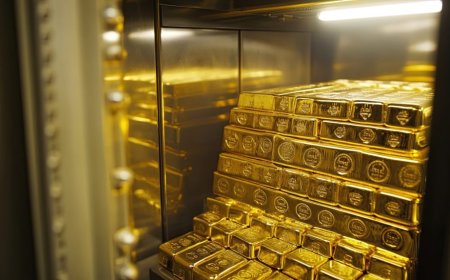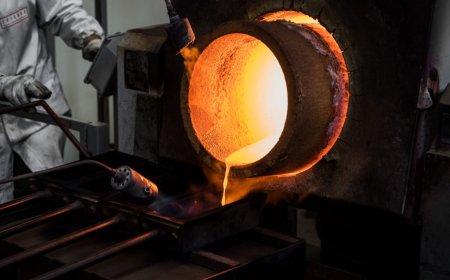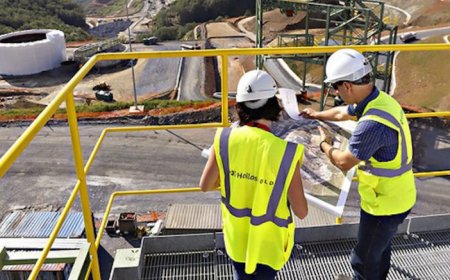Nunavut rise in exploration spending masks North’s lack of competitiveness, says mining chamber
Nunavut will see the highest proportional increase in exploration spending in Canada this year, according to data released last week by Natural Resources Canada (NRCan). Exploration will rise 95% — almost doubling total spend to $232.4 million from $119.2 million last year.
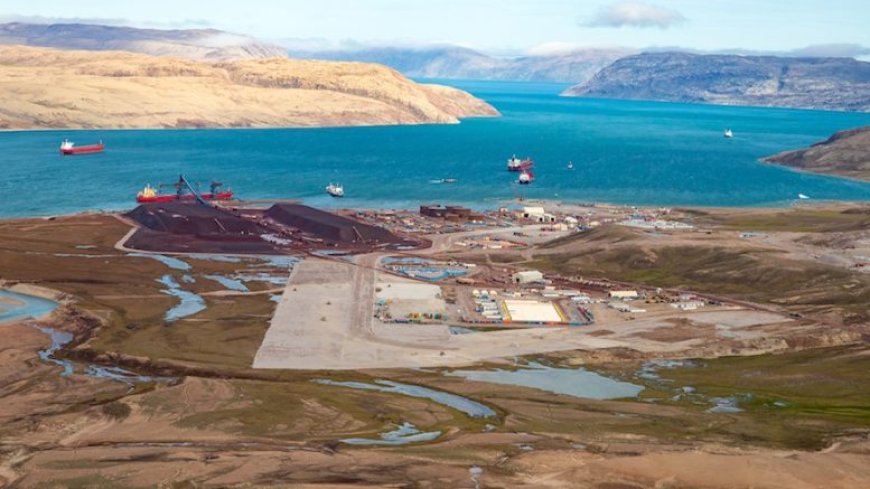

However, while exploration spending is expected to increase this year across the Far North, and shows the region is climbing out of its Covid-19 slump, total amounts remain modest, pointing to the need for more government support, says the N.W.T. and Nunavut Chamber of Mines.
Spending in the N.W.T is expected to rise by 22% this year, but the total amount is the lowest of the territories, at $92.3 million, up from $75.4 million in 2021. In Yukon, spending is projected to come to $185.1 million, up 20% from the $153.9 million spent last year.
Tom Hoefer, executive director of the chamber, told The Northern Miner that big spending in the region by majors like Agnico Eagle Mines (TSX: AEM; NYSE: AEM) “clouds” the exploration story.
“I hear this from those who work in exploration. This mine site exploration is important too as it is intended to sustain a major’s mine for longer,” he said, citing Agnico’s announcement last November of $163 million in global exploration spending, including for its Meadowbank complex and Hope Bay gold mine in Nunavut.
“That really boosts the stats, but doesn’t reflect new exploration interest,” he said. “It’s the grassroots and early stage exploration we need more of to find new mines.”
Hoefer said other factors in the north limit exploration as well, such as constrained land access, unsettled Indigenous land claims, and government red tape.
North of 60 solution
One way to incentivize exploration in the territories — a highly prospective region for all minerals — is the creation of what the chamber calls a “North of 60” mineral exploration tax credit (N60METC), Hoefer said.
The executive director says that the N.W.T. not having its own exploration tax credit — unlike southern jurisdictions — puts it at a further disadvantage.
“We don’t have the tax base to create our own tax credits, so we can’t compete. In addition, our competitiveness is further hurt by higher costs to explore here due mainly to lack of infrastructure. Our advantage is that we are underexplored, and so the odds of finding something may be higher,” Hoefer said.
While he said he acknowledges the federal government’s introduction of the 30% critical mineral exploration tax credit in this year’s budget, it still won’t be enough to make exploration in the N.W.T. competitive.
Caroline Wawzonek, the N.W.T’s Minister of Industry, Tourism and Investment said in an email to The Northern Miner that she echoes the chamber’s call for the northern tax credit, adding that in January of this year the three territorial governments sent a joint letter to Finance Minister Chrystia Freeland asking that the credit be supported.
“Lowering the cost of exploration in the North via a North of 60 Mineral Exploration Tax Credit will help level the playing field with southern jurisdictions and attract exploration investment. This will stimulate recovery of the territories’ mineral exploration activity and lead to future mines,” she said.
Waning diamond production from the aging mines in the N.W.T. will leave a big hole in the territory’s finances, with Rio Tinto’s (NYSE: RIO; LSE: RIO; ASX: RIO) Diavik mine due to close mid-decade, though Wawzonek said at PDAC in June she’s confident about the potential of ongoing gold and diamond exploration in the territory.
Other findings
Exploration across the country as a whole is forecast to hit $4.2 billion, a 13% increase over the $3.7 billion spent last year. Ontario, Quebec and B.C’s 2022 spending intentions lead Canada in absolute numbers, at $1 billion, $936.7 million and $905.8 million, respectively.
The NRCan data shows that after Nunavut, the Prairies will see the second highest proportional increase, with exploration budgets in Manitoba forecast to rise by 71.2% to $169.9 million; and Saskatchewan exploration spending by 31.8%, to $370.6 million.
All other jurisdictions will see increases of between 11% and 30%, except for New Brunswick and Quebec, where exploration expenditures are forecast to decrease in 2022 by about 5%.
The NRCan report also showed spending intentions by juniors increased by 13.5% in 2022 compared to last year, and senior companies by 12.5% over 2021.
Some commodities saw large increases in spending intentions for 2022, including uranium, up 84%; base metals, up 31%; and “other metals” (such as critical minerals and rare earths) up 94%.
On the other hand, spending intentions were down for iron (51%), non-metals like gemstones, potash and sulphur (13%) and coal (5%).
NRCan releases twice yearly estimates of exploration spending intentions.

